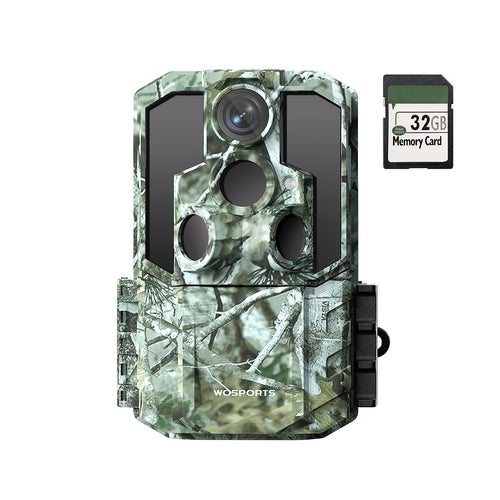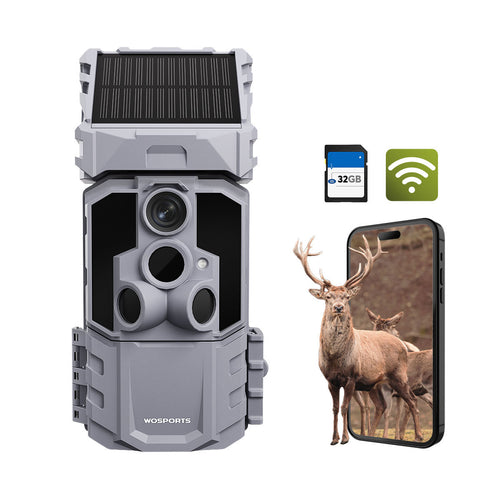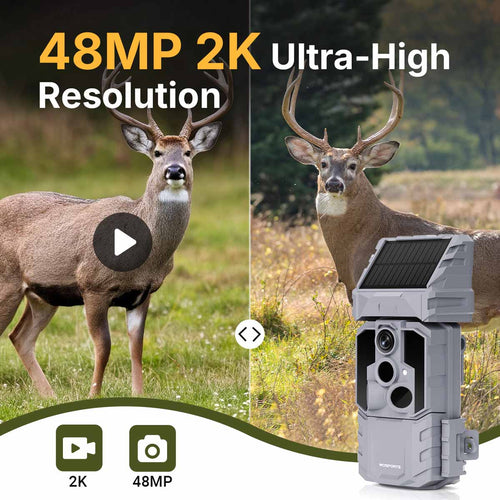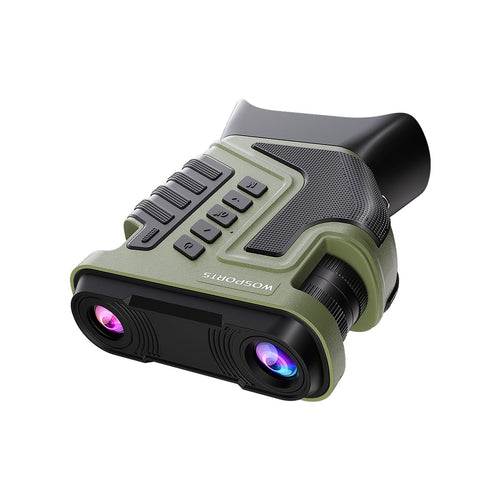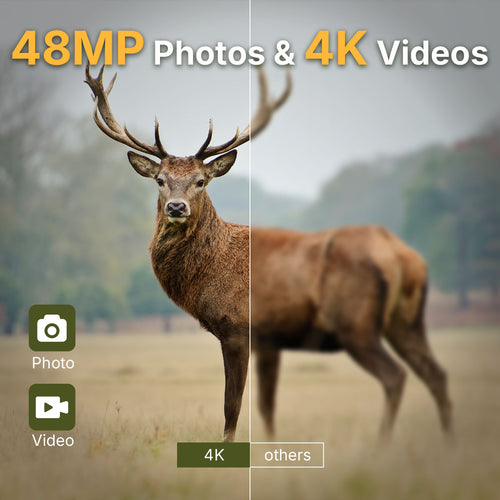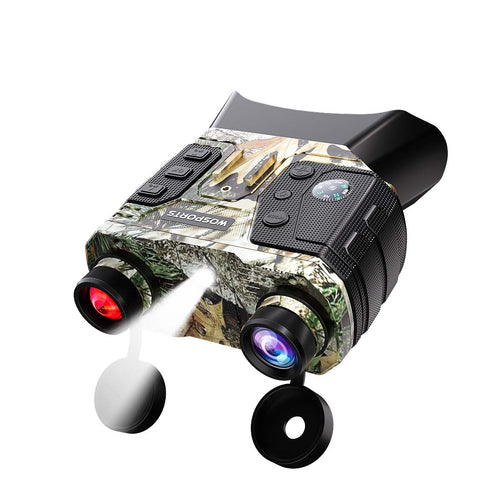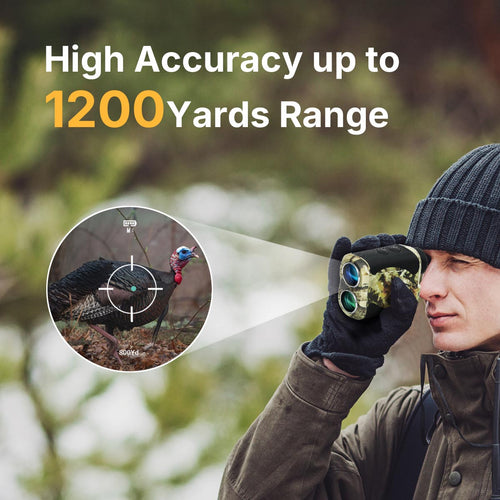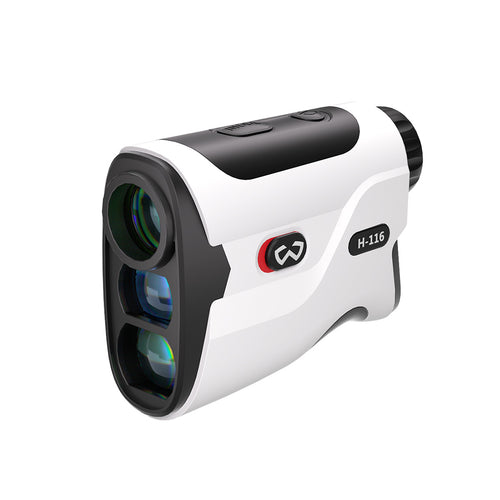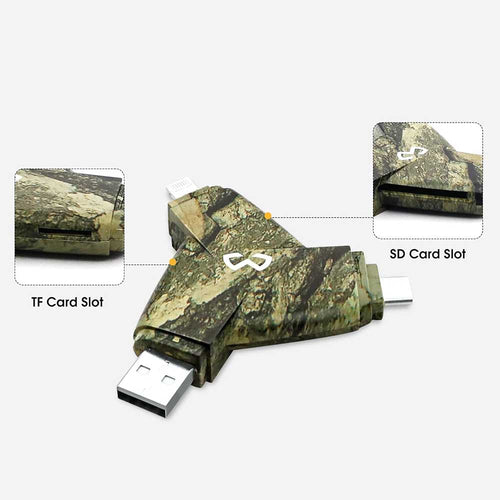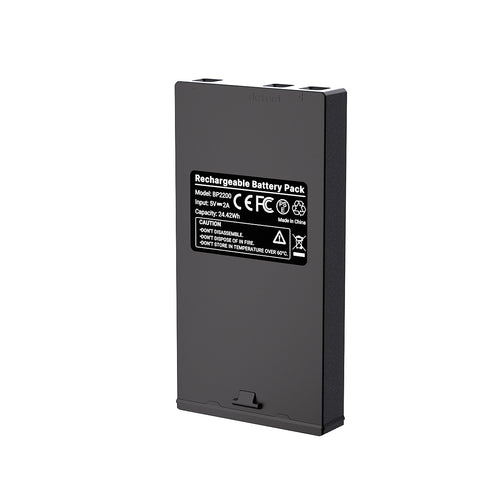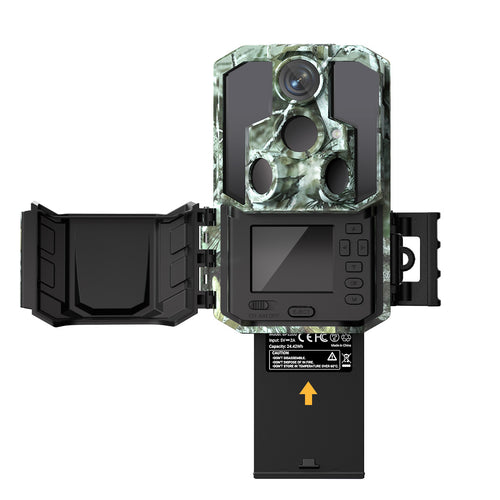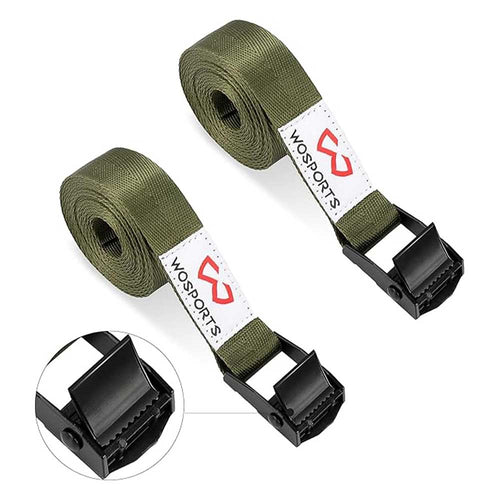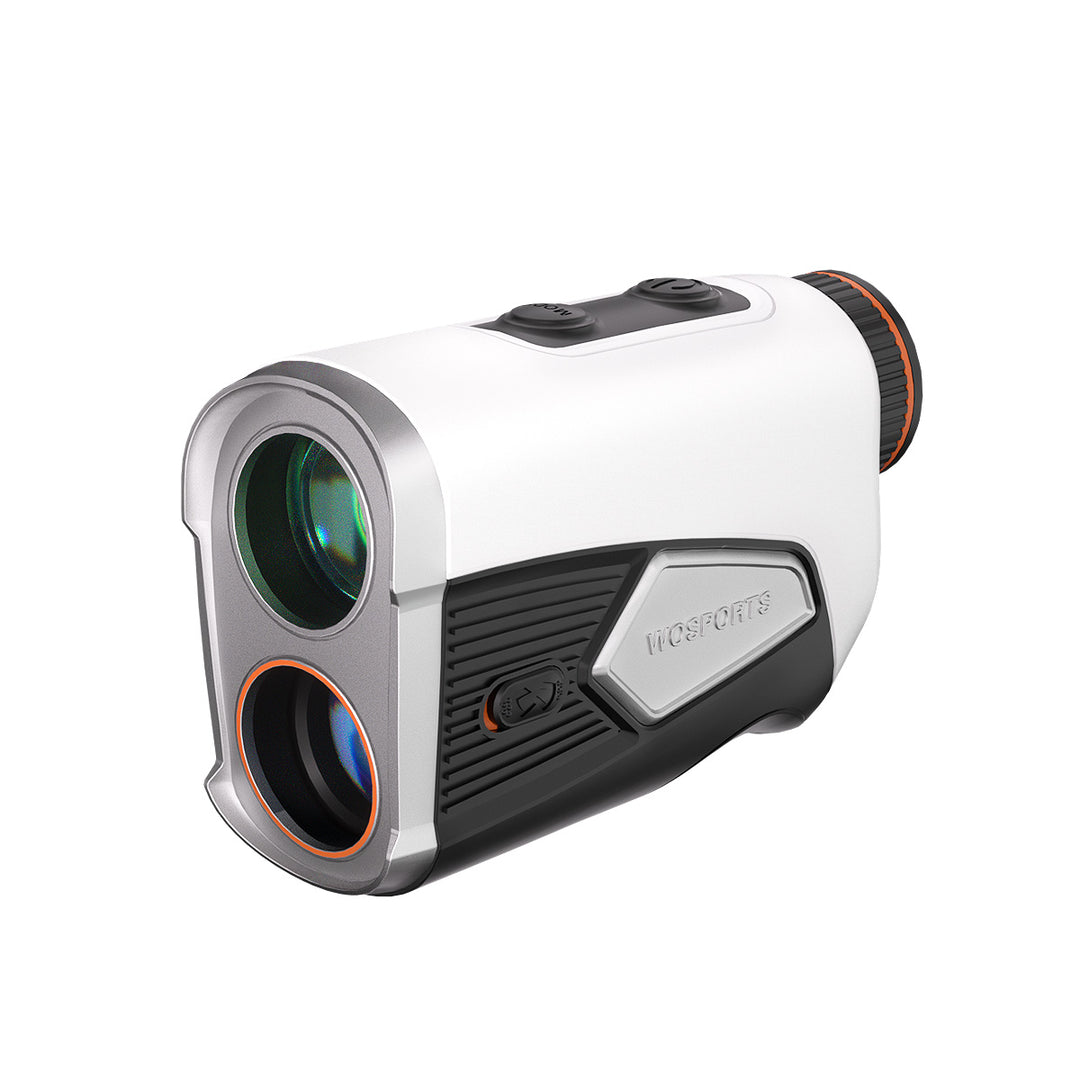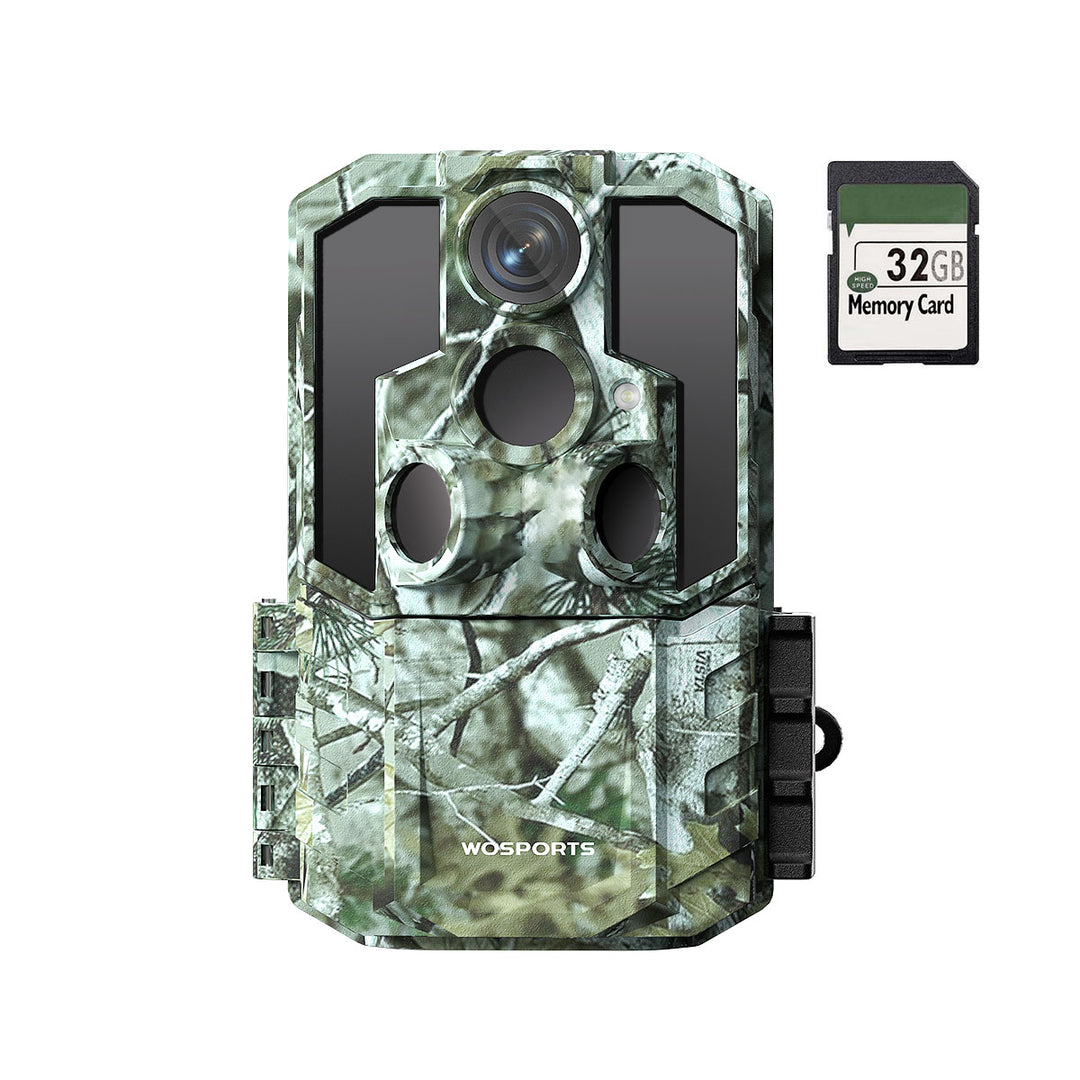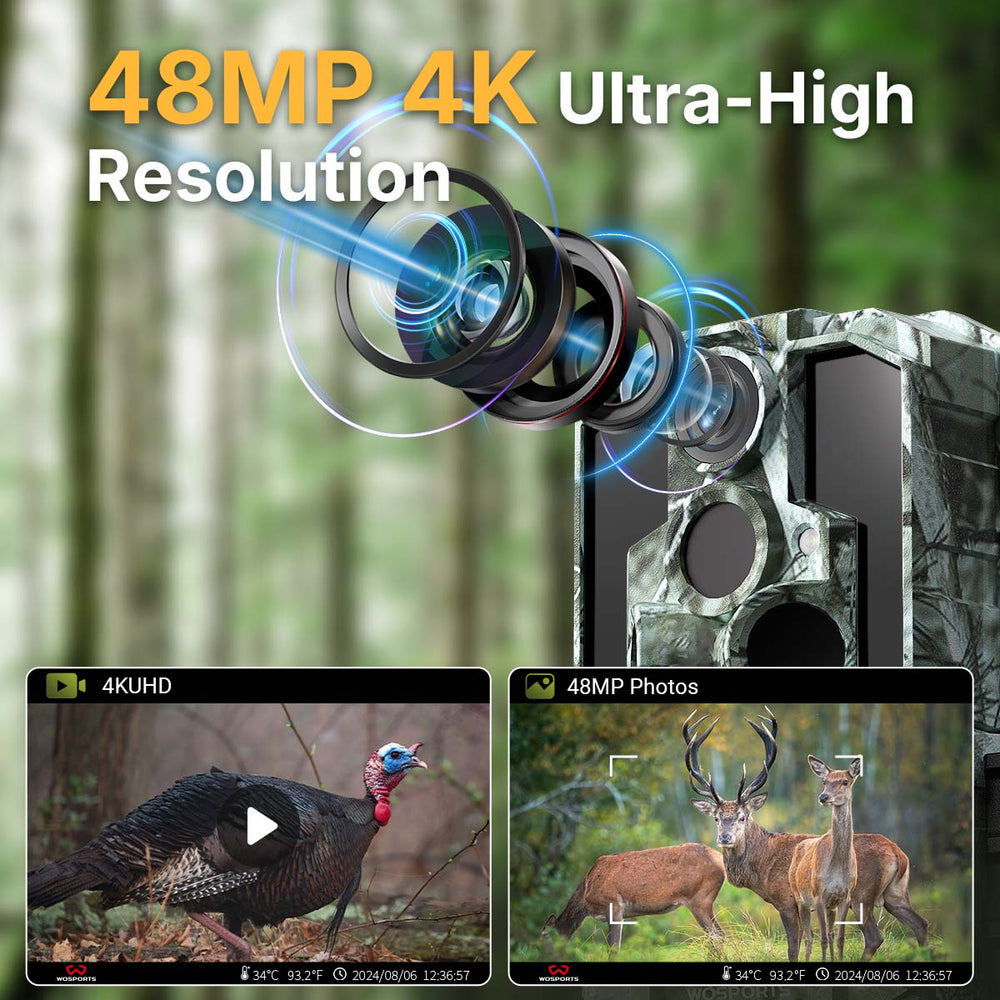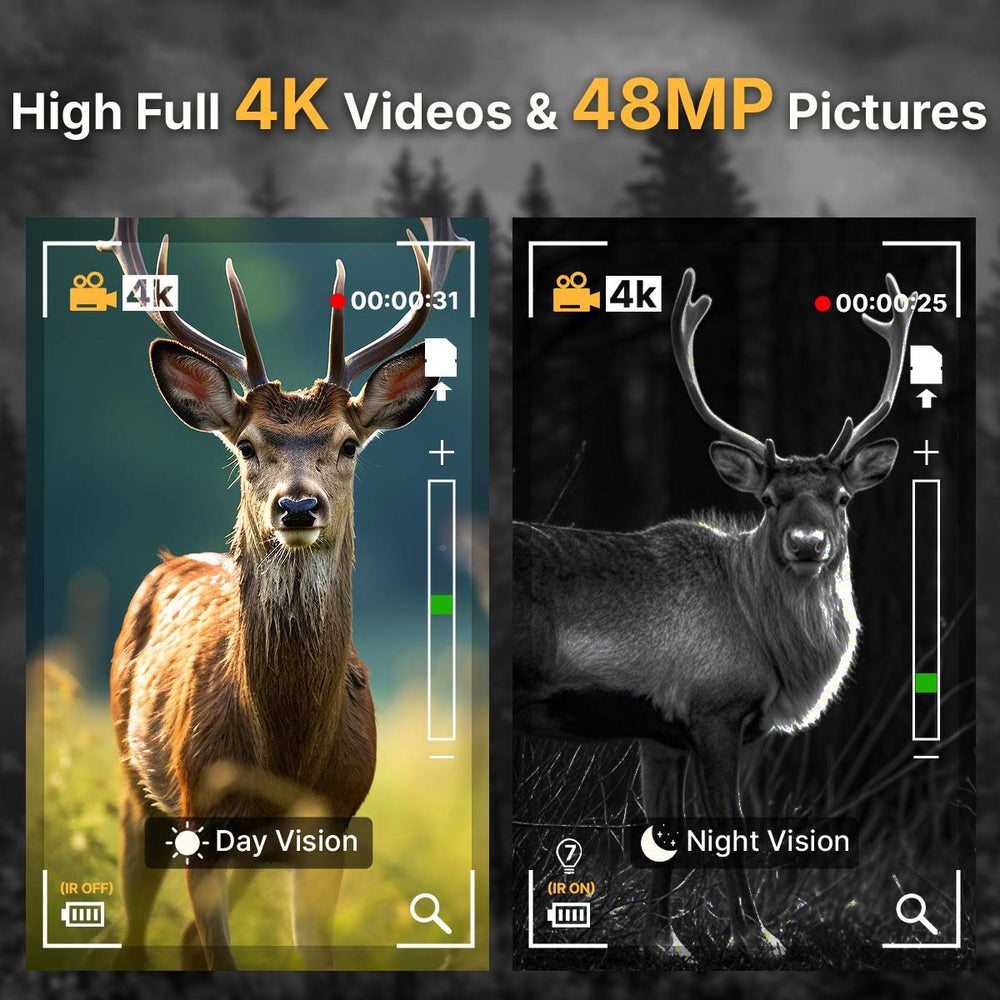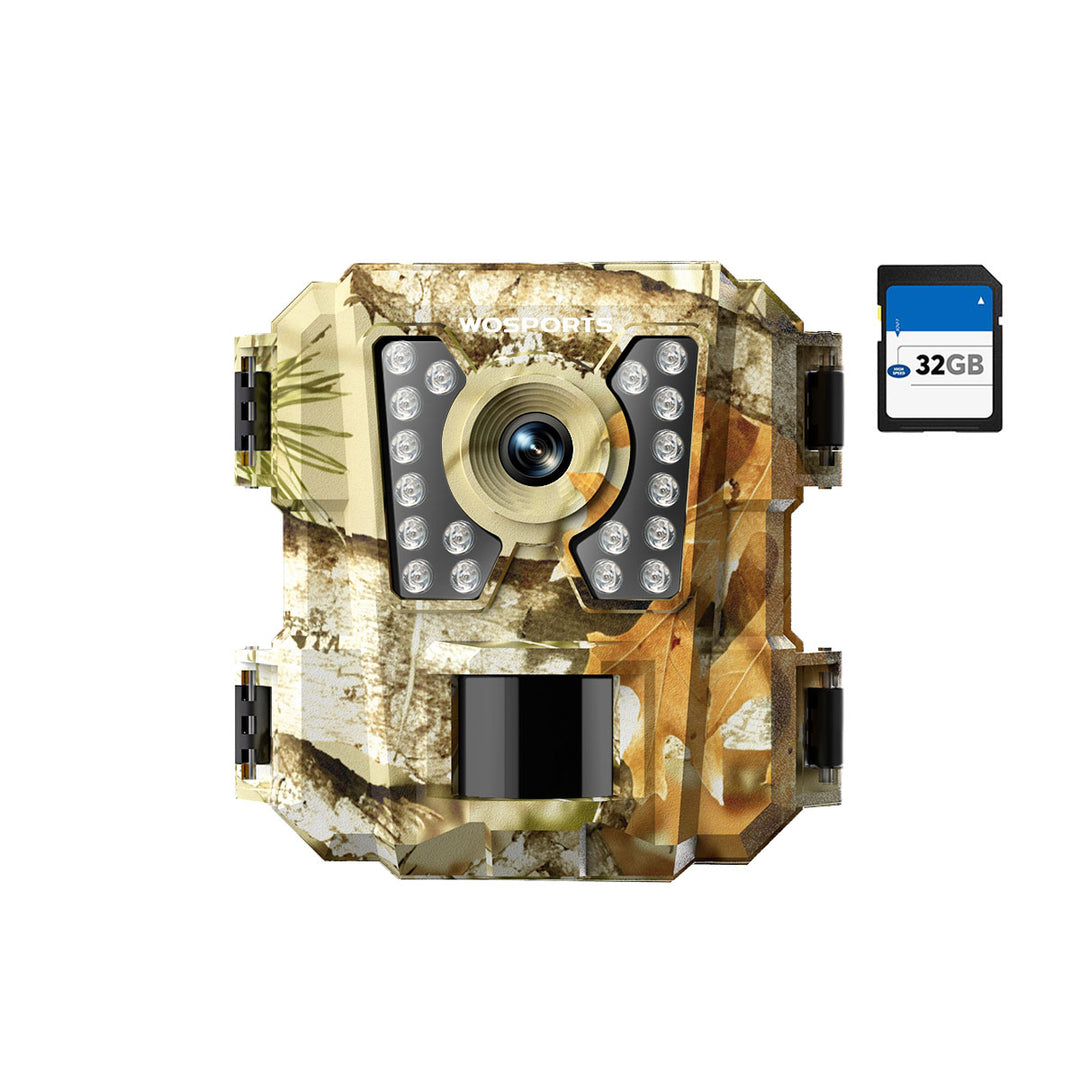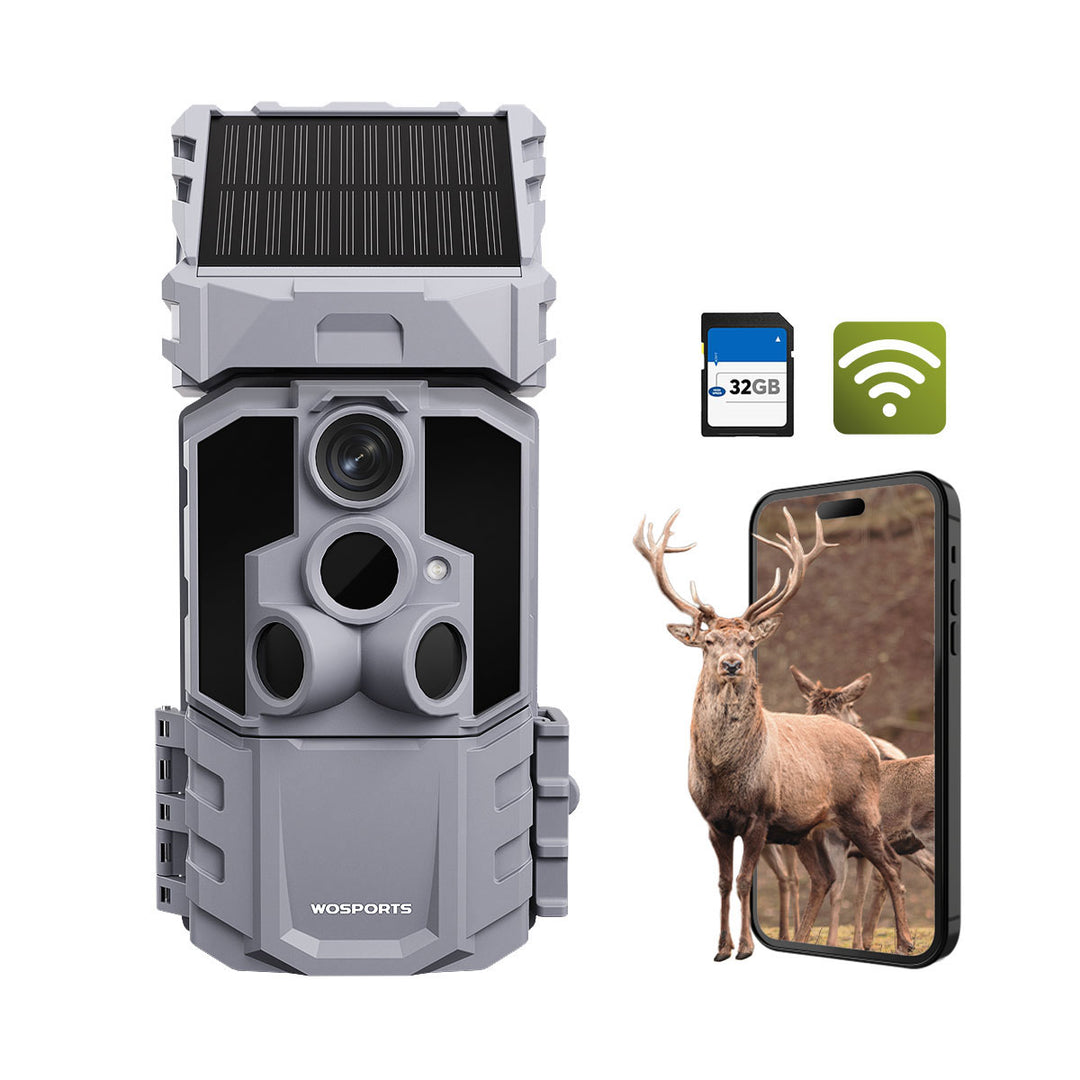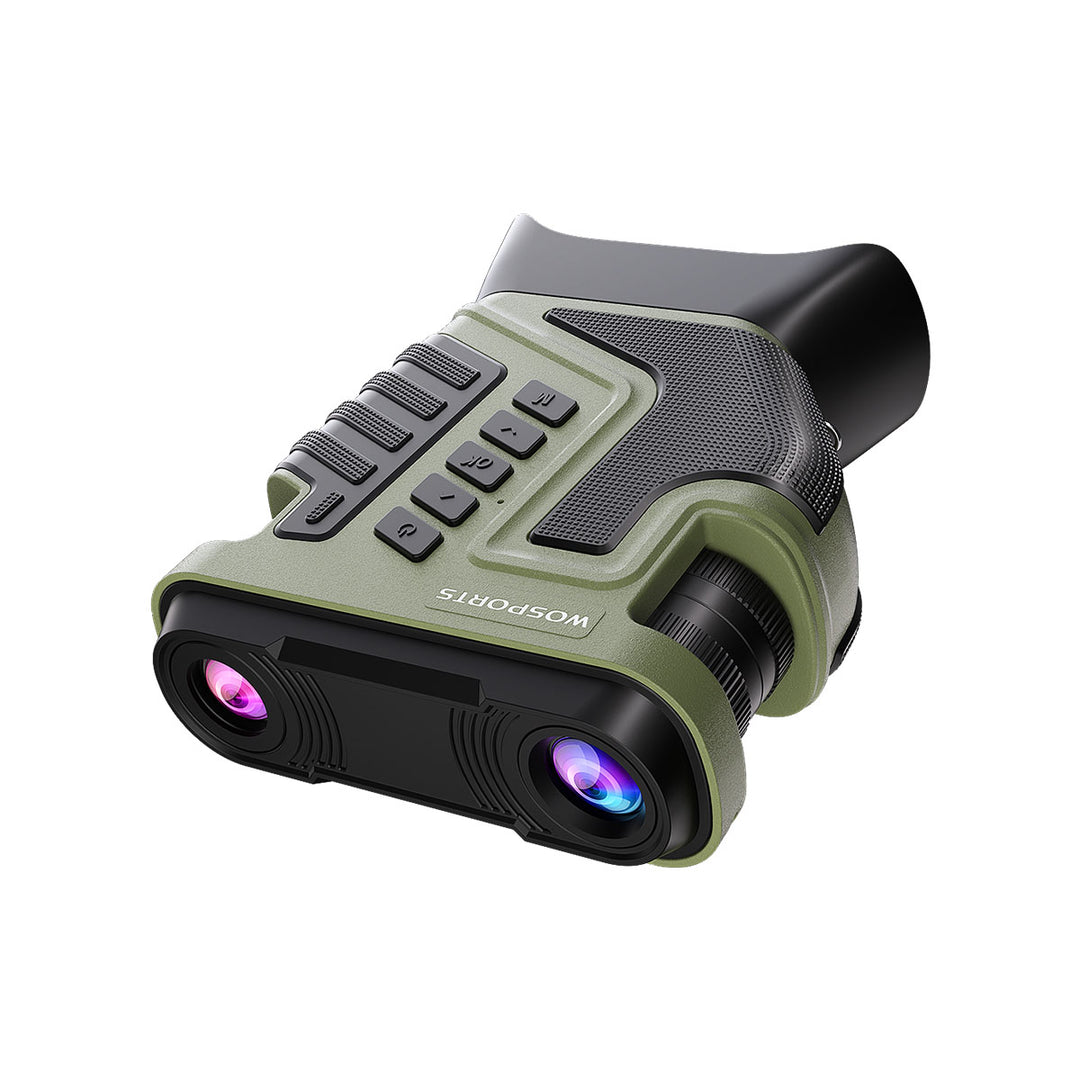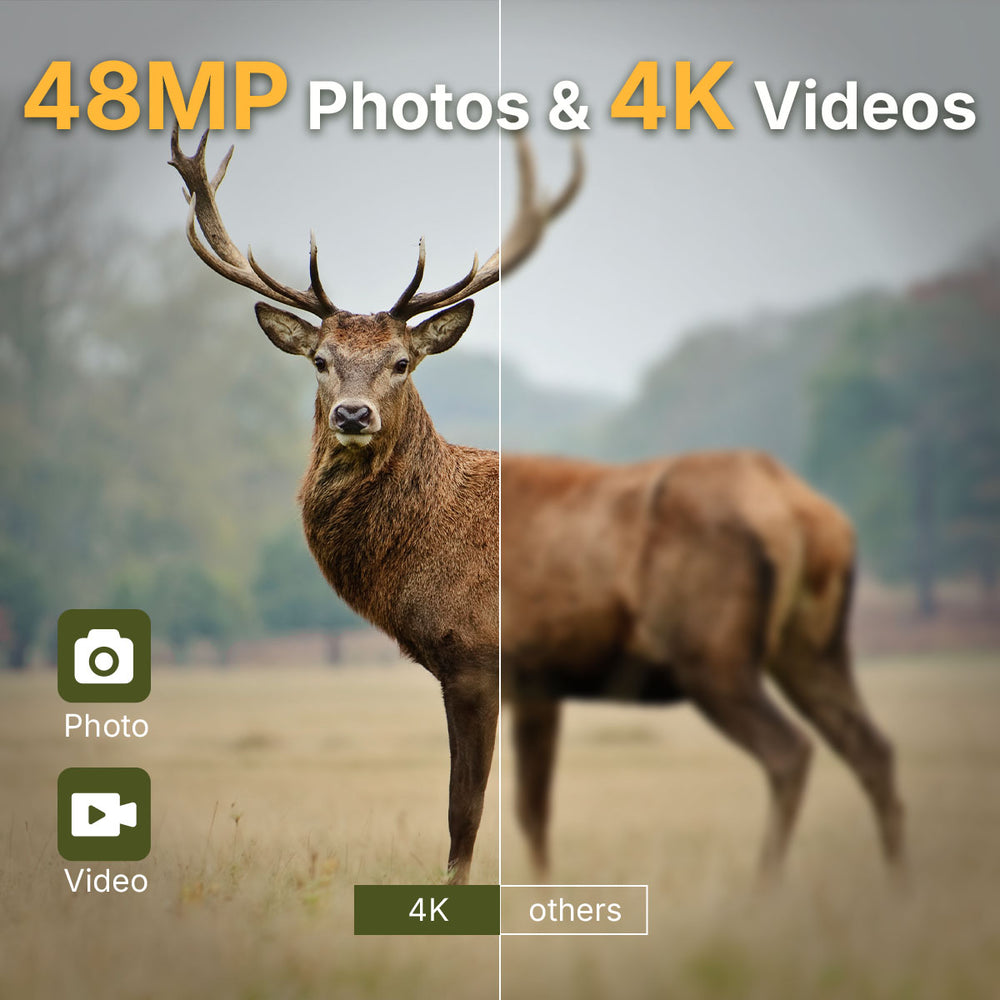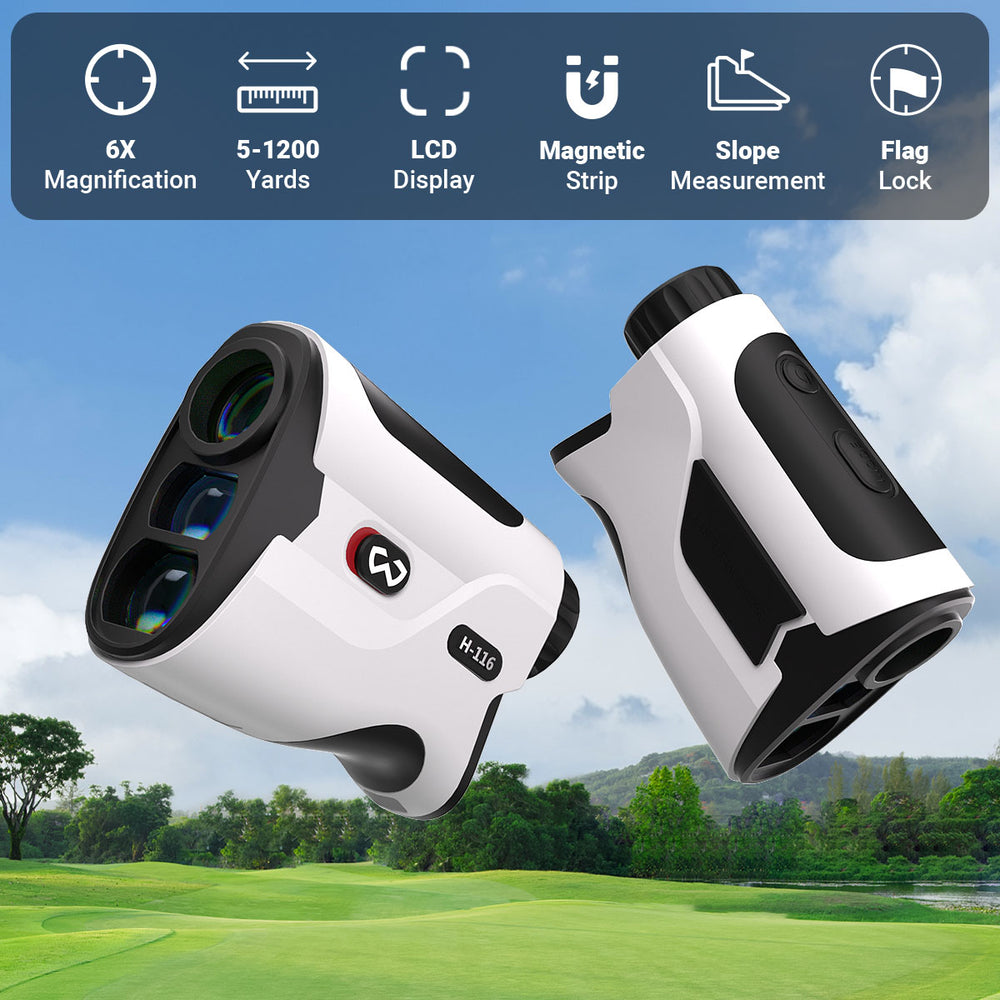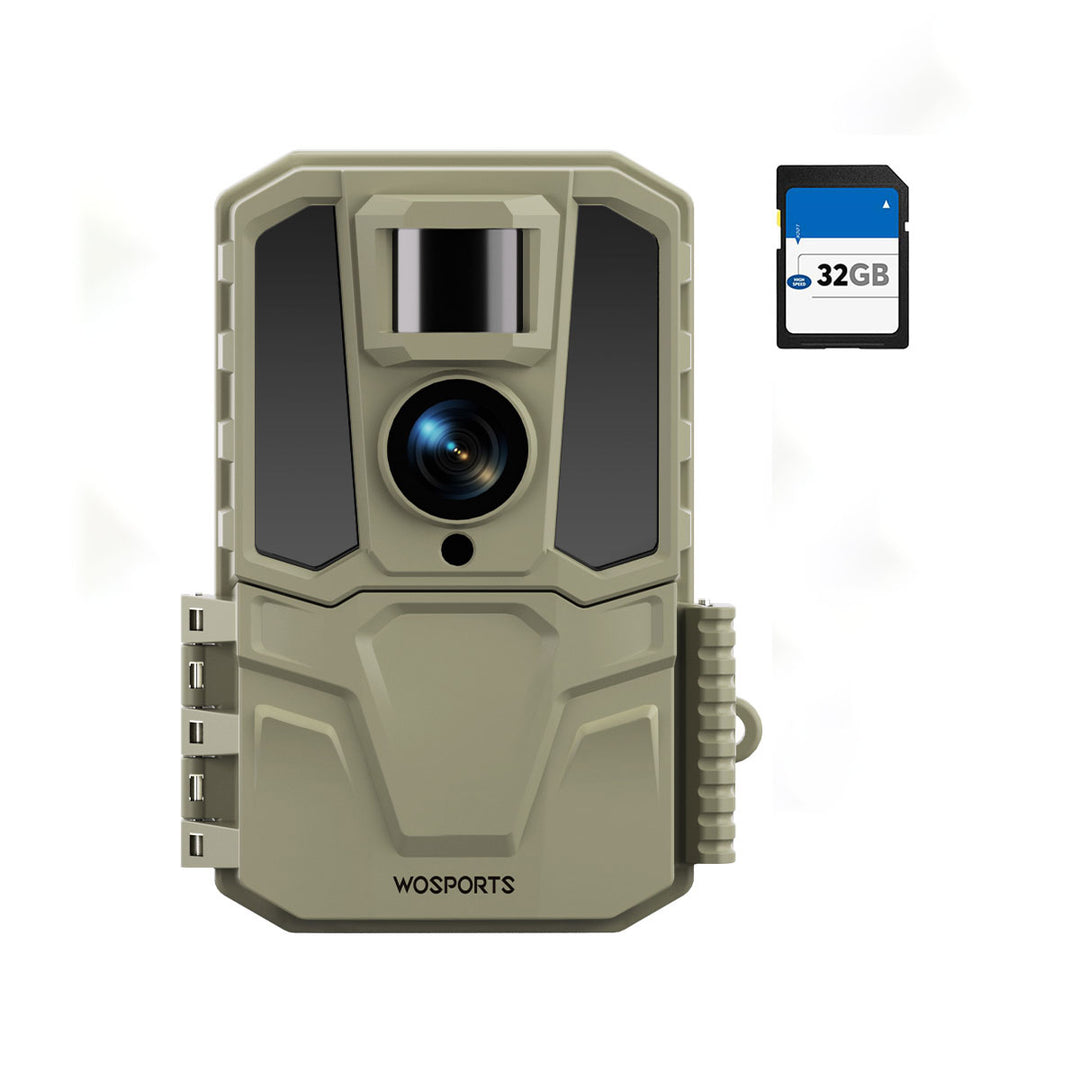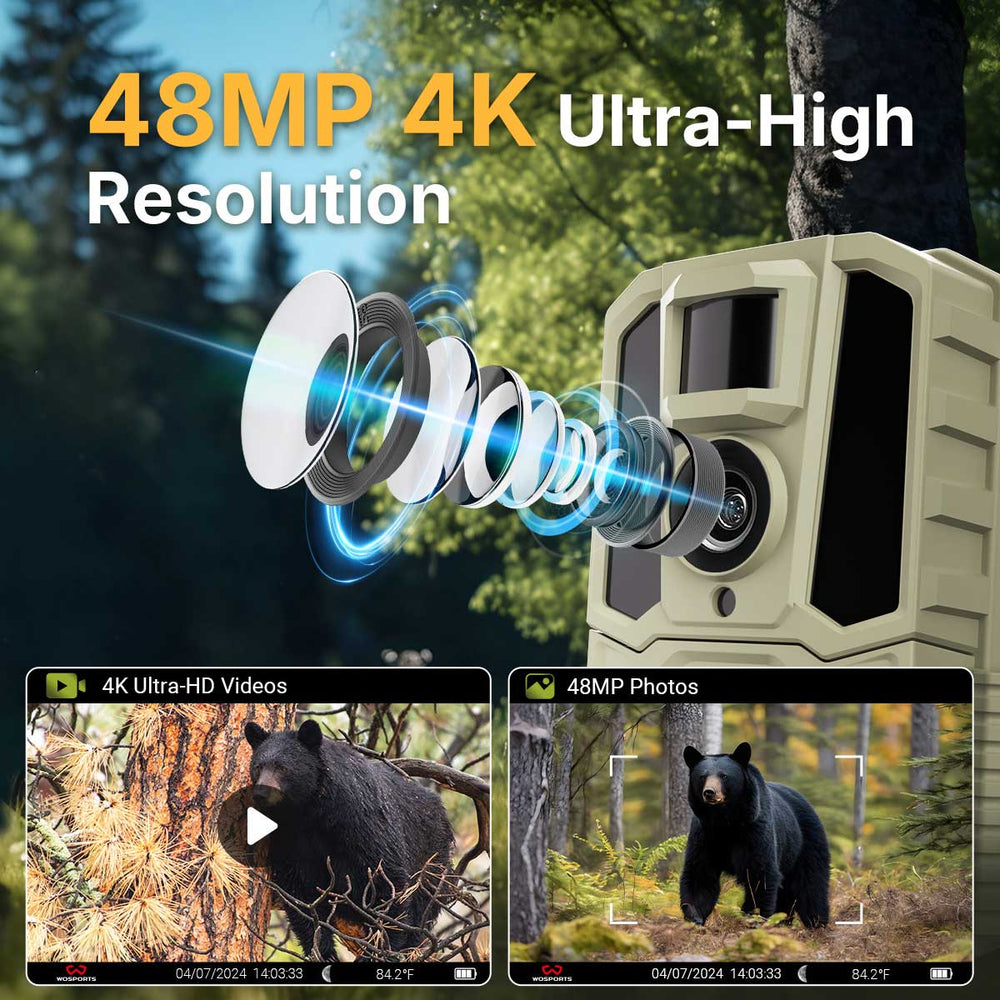How to Choose the Right Rangefinder for Deer Hunting (2025 Guide)

When it comes to deer hunting, judging distance accurately can make the difference between a successful shot and a missed opportunity. A reliable hunting rangefinder helps you measure exact yardage, understand terrain angles, and make confident decisions - whether you’re in a tree stand or tracking from the field.
In this 2025 guide, we’ll explain how to choose the right rangefinder for hunting, what key features to look for.
1. Why a Rangefinder Is Essential for Deer Hunting
For most hunters, distance estimation by sight alone can easily be off by 30–50 yards - enough to cause a miss or a poor shot placement. A rangefinder ensures accuracy, consistency, and ethical hunting.
Here’s why you need one:
a. Accurate Shot Placement - Know the exact distance before pulling the trigger or releasing an arrow.
b. Adapt to Terrain - Forests, slopes, and brushy areas can be deceiving without a laser rangefinder.
c. Better Tracking Efficiency - Identify landmarks and target zones at various ranges.
Whether you’re bow hunting or rifle hunting, a compact laser hunting rangefinder is one of the most valuable pieces of deer hunting gear you can own.
2. Key Factors to Consider When Choosing a Hunting Rangefinder
Before you buy, consider these features to make sure your rangefinder performs well in real hunting conditions.
a. Measuring Range and Accuracy
Look for a rangefinder that can measure at least 600–800 yards with an accuracy of ±1 yard. For deer hunting, you typically won’t need more than 1000 yards, but consistent precision at 800 yards is ideal.
b. Magnification and Optics
A good rangefinder should have 5X–6X magnification to help spot animals clearly through trees or brush. Clear lenses and anti-glare coatings are important for dawn and dusk hunting conditions.
c. Speed and Target Lock
Fast readings are crucial when deer are moving. Choose a rangefinder that offers instant distance feedback and a target lock function to keep your measurement stable even if your hand shakes slightly.
d. Display and User Interface
In the field, simplicity matters. Look for a rangefinder with a bright LCD display that’s easy to read in different lighting. One-button operation is a plus when you’re wearing gloves or need to act fast.
e. Durability and Weather Resistance
Deer hunting often means rain, mud, or cold weather. Pick a model that’s water-resistant, shockproof, and lightweight enough to carry all day.
f. Battery Life
You don’t want your rangefinder to die mid-hunt. A reliable hunting model should last over 5,000 measurements per charge, or use standard AAA batteries for quick replacement in the field.
3. Laser vs. Optical Rangefinders: Which Is Better for Hunters?
While some traditional rangefinders rely on optical alignment, laser rangefinders dominate modern hunting gear for a reason: they’re faster, more precise, and easier to use.
Laser Rangefinders - Use a laser pulse to calculate exact distance. Perfect for deer hunting, bow hunting, and rifle shooting.
Optical Rangefinders - Require manual focusing and are more suited to long-range target practice.
For 2025, laser technology is the go-to option for hunters who value quick readings and reliable performance.
4. Recommended Models for Deer Hunters (2025 Edition)
Here are some of the best options for this year’s hunting season:
|
Model |
Range |
Magnification |
Key Feature |
Price (Official Site) |
|
WOSPORTS H-116 |
Up to ~1,500 yards |
6X |
Fast laser measurement, ±1 yard accuracy, water-resistant |
US $109.99 |
|
Vortex Impact 1000 |
Up to 1,000 yards (reflective target) |
6X |
Angle compensation mode, premium optics, waterproof |
US $269.99 |
|
Leupold RX1400i TBR/W Gen 2 |
Up to 1,400 yards (reflective target) |
5X |
True Ballistic Range (TBR/W) with wind & slope compensation |
US $249.99 |
If you want something affordable yet dependable, the WOSPORTS H-116 Laser Rangefinder offers outstanding value. It’s compact, lightweight, and perfect for both bow and rifle hunters who want accuracy without spending hundreds of dollars.

5. Tips for Using a Rangefinder Effectively in the Field
✅ Range key landmarks like trees or rocks before deer appear — this helps you react faster.
✅ Practice steady aiming with one hand or mount your rangefinder to a tripod if needed.
✅ Avoid reflective interference — fog, glass, and bright sunlight can affect readings.
✅ Use scan mode if available to track moving animals smoothly.
By understanding your gear and practicing before hunting season, you’ll maximize your success rate and ethical shot placement.
6. Frequently Asked Questions (FAQ)
Q1: What rangefinder range do I need for deer hunting?
Most hunters only need up to 800–1000 yards, as deer are rarely hunted beyond that distance.
Q2: Can I use a golf rangefinder for hunting?
Technically yes, but it’s not ideal. Golf rangefinders prioritize flat terrain and flag detection, while hunting rangefinders focus on irregular landscapes and moving targets.
Q3: What’s the difference between slope and non-slope rangefinders?
Slope compensation adjusts for elevation changes - handy for bow hunters in tree stands. However, slope mode isn’t always legal in competitive shooting events.
Q4: What’s the best affordable model for beginners?
For under $150, the WOSPORTS H-116 Laser Rangefinder stands out with solid accuracy, build quality, and battery life.
7. Final Thoughts
A good hunting rangefinder isn’t just about numbers - it’s about confidence and precision in the field. When you know your distance, every shot becomes more ethical and effective.
If you’re looking for a dependable, affordable model for deer season, check out the WOSPORTS H-116 Laser Rangefinder.
It’s built for real hunters who value performance, simplicity, and value in one compact package.
Search
Popular Posts
Recent Posts

Nov 28, 2024
Troubleshooting Common Trail Camera Issues
Jan 10, 2025
Why Does My Trail Camera Stop Working at Night?

